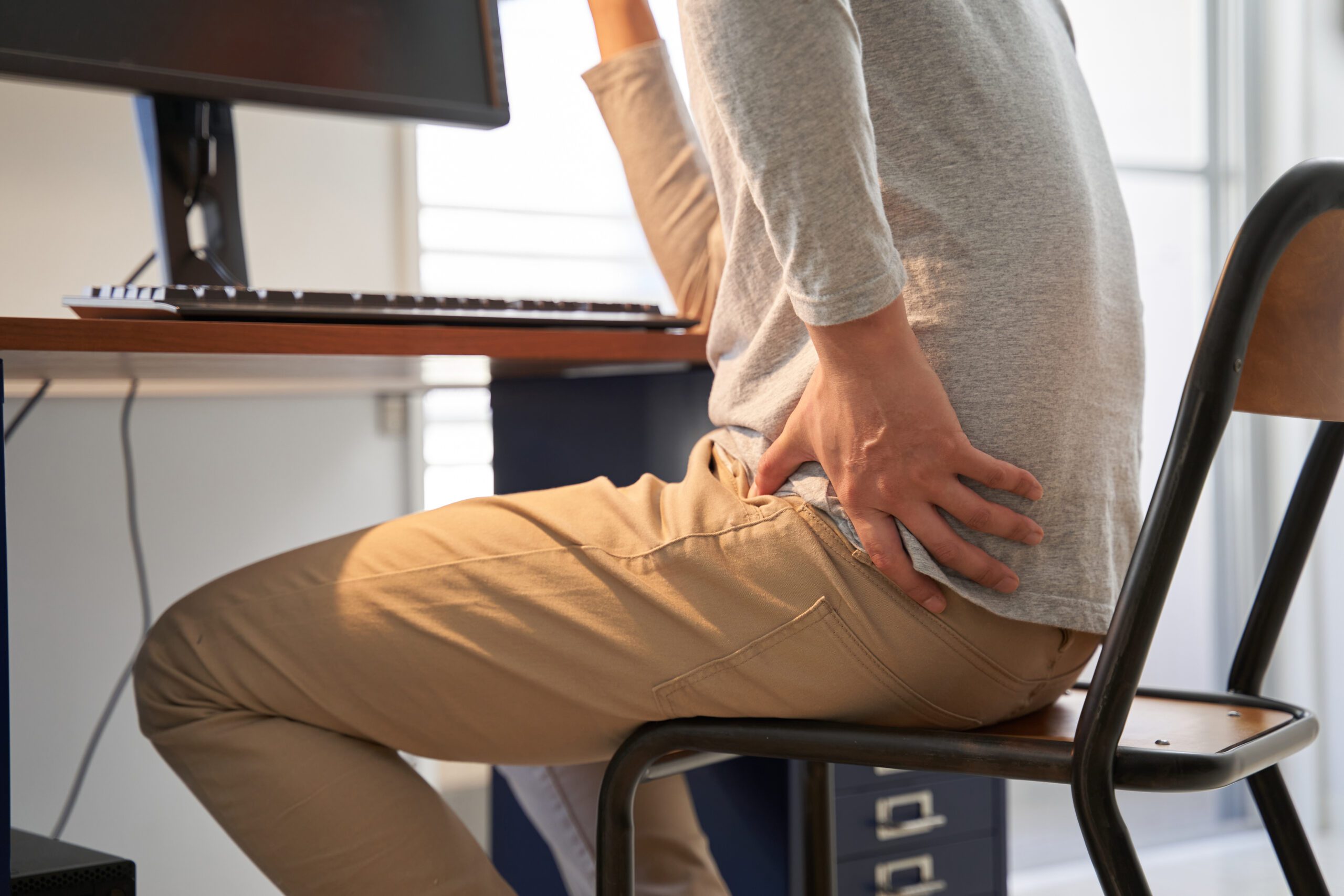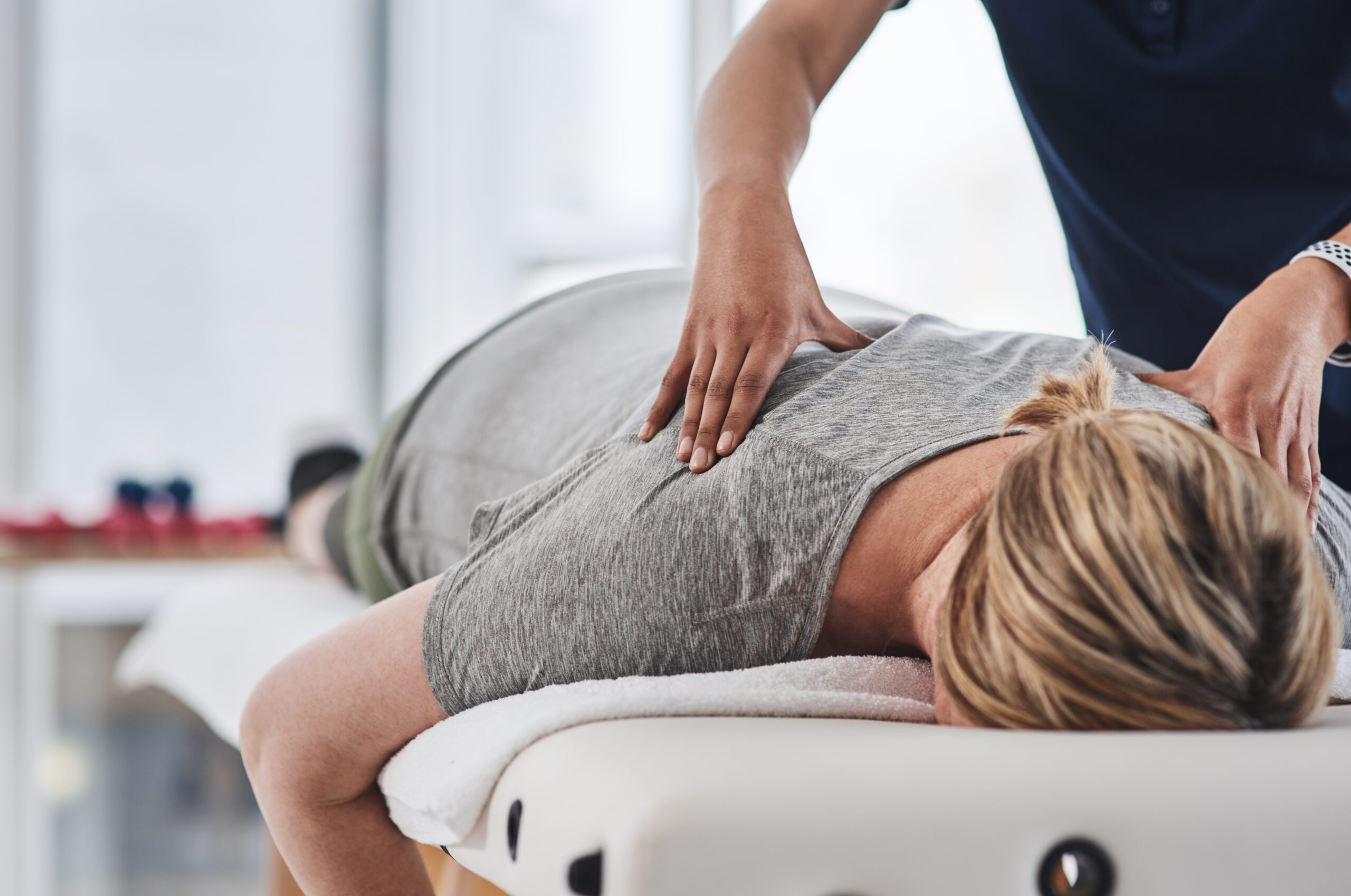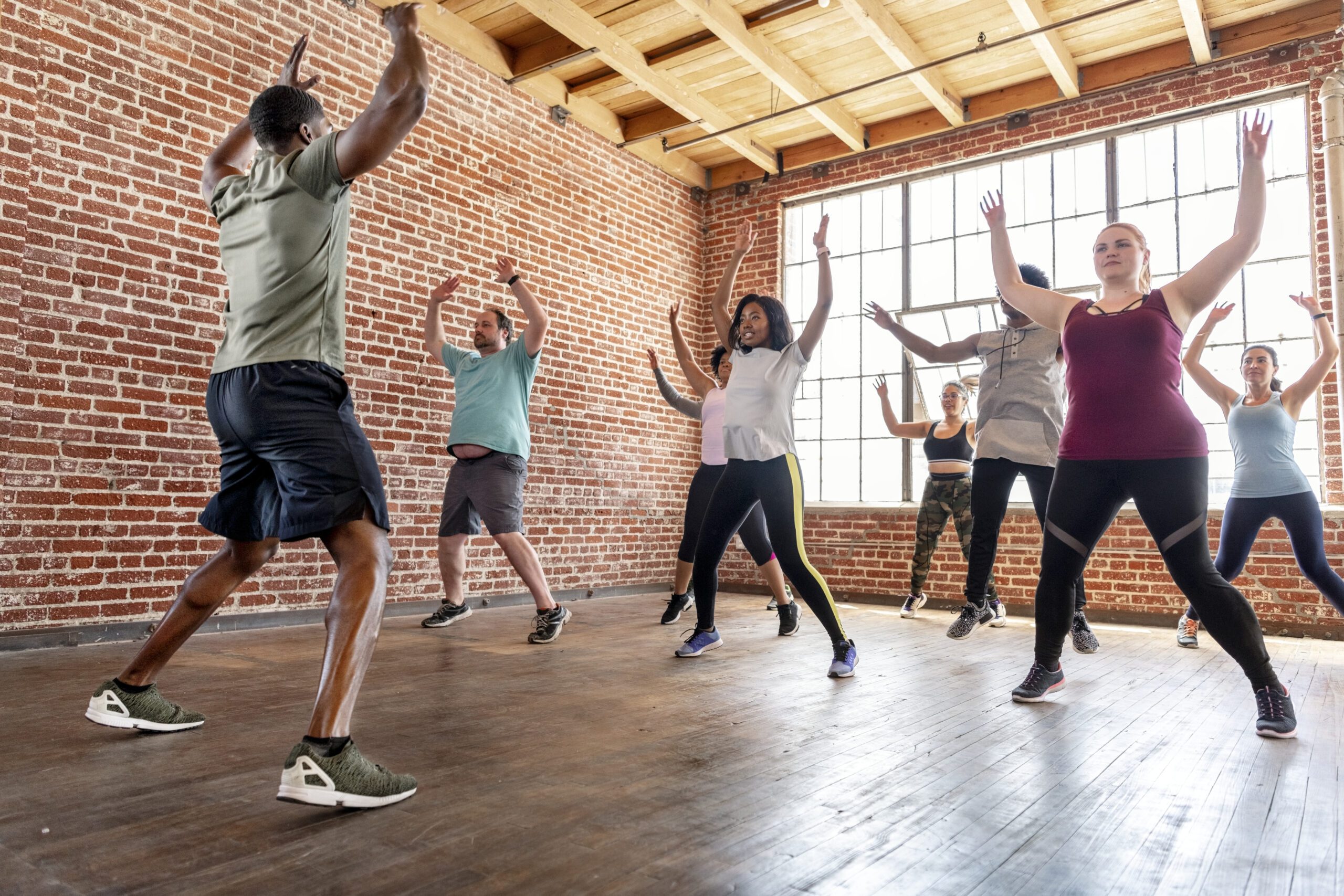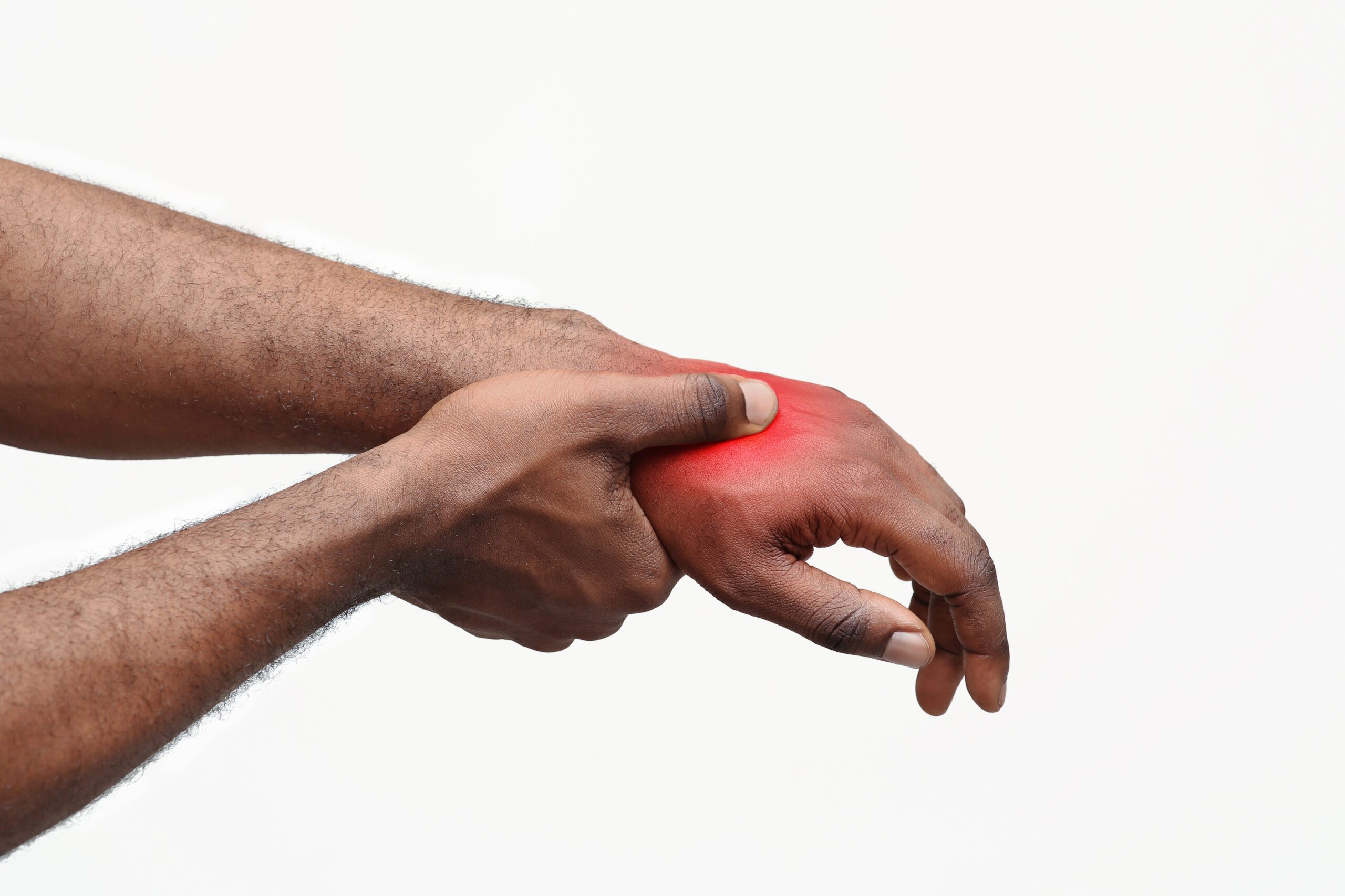Pain Management Approaches for Patients in a Clinical Setting
Master the art of pain management in a clinical setting with innovative strategies to support those suffering from pain in healthcare environments.
Understanding Pain: Causes, Categories, and Effective Management Strategies
Pain is something that everyone goes through, and it can range from mild to severe. It affects millions of people worldwide. Things in the environment can often cause or worsen pain, especially in muscles and joints. For example, changes in the weather or stress can aggravate symptoms. This complete guide examines where pain comes from, the different types of pain with real-life examples, and how doctors treat it in clinical settings, using both surgical and non-surgical methods. We examine integrative approaches that promote natural healing and address long-term problems, drawing on expert opinions, including those of Dr. Alexander Jimenez, DC, APRN, FNP-BC.
Studies show that physical injuries don’t just cause pain; things like humidity and pollution can make the body more sensitive. It seems that making lifestyle changes and using targeted therapies can make a big difference in how things turn out. The evidence suggests a balanced strategy that integrates medical treatments with natural approaches to help individuals regain control of their health.
Key Insights on Pain and Its Management
- Environmental Triggers Are Common: Factors such as cold temperatures or air pollution can trigger inflammation in muscles and joints, increasing the risk of pain.
- Pain Comes in Many Forms: From acute, sharp stabs to chronic, dull aches, understanding the categories helps choose the right treatment.
- Clinical Care Varies: Specialists use non-surgical options such as exercise and acupuncture for many cases, reserving surgery for severe cases.
- Integrative Methods Work Well: Experts like Dr. Jimenez show how chiropractic care and massage can address root causes, fostering natural recovery.
Pain management in clinics follows guidelines that prioritize patient safety and effectiveness, as outlined in resources on defining and managing pain (U.S. Department of Justice, Drug Enforcement Administration, 2023).
—
Pain affects everyone differently, but understanding its roots can empower better handling. This article expands on the biology of pain, environmental influences, categories, and management techniques, incorporating clinical observations from professionals like Dr. Alexander Jimenez. We’ll cover detailed examples, case studies, and tables to make the information accessible and actionable.
The Biology of Pain: How It Develops in the Body
Pain starts as a protective mechanism. When the body detects harm, nerves send signals to the brain, which processes them as pain to prompt action, like pulling away from heat. However, this system can go awry, especially with environmental factors involved.
Nociceptors, the body’s pain sensors, are found in skin, muscles, joints, and organs. They respond to stimuli such as temperature and pressure. When activated, they trigger inflammation, which can swell tissues and press on nerves, amplifying discomfort (International Association for the Study of Pain, 2022). In muscles, this might cause tightness or spasms; in joints, it leads to stiffness or swelling.
Chronic pain, lasting over three months, often persists beyond the initial injury due to sensitized nerves. This sensitization lowers the pain threshold, making everyday activities hurtful (International Association for the Study of Pain, 2022). For instance, a minor joint strain can progress to ongoing arthritis if environmental stressors, such as humidity, exacerbate inflammation.
How Pain Affects Muscles and Joints Specifically
Muscles, made of fibers that contract for movement, can develop pain from overuse or tension. Environmental factors cause micro-tears or inflammation, leading to conditions like myalgia. Joints, cushioned by cartilage and synovial fluid, suffer when pressure changes cause fluid shifts, resulting in arthritis-like pain (Arthritis Foundation, 2024).
Case Study: A 45-year-old office worker experiences shoulder pain from poor ergonomics (static posture) combined with stress, leading to muscle knots and joint misalignment. Over time, this evolves into chronic upper back pain, affecting daily life.
Environmental Factors Contributing to Pain Development
Environmental factors are crucial in the onset and progression of pain, especially in muscles and joints. These factors interact with biology, making some people more susceptible.
Weather and Climate Influences
Weather changes significantly impact pain. Low temperatures constrict blood vessels, reducing flow to muscles and causing stiffness. High humidity increases joint fluid pressure, leading to swelling and ache (Arthritis Foundation, 2024). Barometric pressure drops before storms can trigger migraines or joint pain by altering tissue expansion.
Examples:
- In osteoarthritis, patients report worse knee pain during cold, damp weather due to increased joint rigidity (PMC, 2025a).
- Fibromyalgia sufferers experience muscle flares from temperature swings, with cold lowering pain thresholds by 11.3°C compared to healthy individuals (PMC, 2025a).
Studies show modest correlations between pain and humidity, pressure, and wind speed (Arthritis Foundation, 2024). For muscles, cold induces spasms; for joints, humidity exacerbates inflammation.
Stress and Psychosocial Elements
Stress releases cortisol, promoting inflammation that affects muscles and joints. Chronic stress from work or life events heightens pain perception, leading to tension headaches or back pain (MDPI, 2022). Low social support or discrimination correlates with thicker brain structures involved in pain processing, such as the insula, making discomfort more intense (Nature, 2024).
Examples:
- Job insecurity causes muscle tension in the neck and shoulders, evolving into chronic pain.
- Discrimination experiences are associated with greater hippocampal volume and greater pain in patients with knee osteoarthritis (Nature, 2024).
Pollution and Toxins
Air pollution, including particulates and toxins such as acrolein, increases inflammation, worsening joint pain in rheumatic diseases (ScienceDirect, 2024a). Smoking aggravates arthritis by activating immune cells, predicting higher pain in spinal injuries (ScienceDirect, 2024a).
Examples:
- Urban dwellers exposed to pollution have more emergency visits for joint pain.
- Vitamin D deficiency due to reduced sunlight exposure is associated with muscle hypersensitivity (ScienceDirect, 2024a).
Work and Lifestyle Environments
Poor ergonomics, such as prolonged sitting, strains muscles and joints, leading to musculoskeletal pain (MDPI, 2022). Repetitive tasks lead to back pain by reducing movement variability (IASP, n.d.a).
Examples:
- Factory workers develop joint pain from repetitive lifting.
- Sedentary lifestyles in air-conditioned offices can cause dry-air-related stiffness.
Sociocultural Factors
Lower income and education are associated with higher pain levels due to limited access to healthy environments (Nature, 2024). Household size and employment status explain variance in pain-related brain structures.
To mitigate, strategies include weather-appropriate clothing, stress management, and pollution avoidance. Tables below summarize factors.
| Environmental Factor | Description | Impact on Muscles | Impact on Joints | Examples |
|---|---|---|---|---|
| Weather (Temperature) | Changes in ambient heat/cold | Constriction, spasms | Stiffness, reduced mobility | OA knee pain in cold |
| Humidity | High moisture levels | Swelling, tension | Fluid pressure increase | Arthritis flares in damp weather |
| Stress | Psychosocial pressures | Tension, knots | Inflammation from cortisol | Neck pain from job stress |
| Pollution | Air toxins | Inflammation, hypersensitivity | Rheumatic exacerbations | Joint pain in urban areas |
| Work Conditions | Ergonomic issues | Strain, fatigue | Misalignment | Back pain from sitting |
Deeper Dive into Physicochemical Factors
Physicochemical factors, such as pollution and toxins, directly alter pain pathways. Air pollution exacerbates neuropathic pain by sensitizing nerves (ScienceDirect, 2024a). Toxic compounds such as 4-HNE activate receptors, triggering neurogenic inflammation in joints.
Biological factors, such as viral infections, lead to arthritis-like joint pain (ScienceDirect, 2024a). Smoking induces hyperalgesia through serotonergic changes.
Psychosocial factors, such as stress, promote chronicity, while environmental enrichment reduces pain by lowering stress (ScienceDirect, 2024a).
Case Study: A patient with rheumatoid arthritis experiences worse joint pain during pollution spikes, managed by indoor air filters and an anti-inflammatory diet.
Categories of Pain: Descriptions and Examples
Pain is classified by duration, cause, and location to guide treatment (Healthline, 2018).
Acute Pain
Short-term, lasting days to weeks, from injury. Sharp or intense, it alerts the body (Healthline, 2018).
Examples:
- Muscle strain from lifting heavy objects.
- Joint pain from a sprained ankle.
Chronic Pain
Lasts months or years, often without a clear cause. Mild to severe, impacting life (Healthline, 2018).
Examples:
- Low back pain from poor posture.
- Arthritis causes ongoing joint pain.
Nociceptive Pain
From tissue damage, activating nociceptors. Acute or chronic (WebMD, 2025).
Subtypes:
- Somatic: Skin, muscles, bones. Aching or throbbing.
- Examples: Muscle pull, joint fracture.
- Visceral: Organs. Dull, cramping.
- Examples: Appendicitis, but it can also refer to muscle pain.
Neuropathic Pain
From nerve damage. Burning, tingling (WebMD, 2025).
Examples:
- Diabetic neuropathy in the feet (joint-related).
- Sciatica from spinal nerve compression (muscle/joint).
Other Categories (IASP Definitions)
- Allodynia: Pain from non-painful stimuli, e.g., light touch on sunburned muscle (IASP, 2022).
- Hyperalgesia: Amplified pain from normal stimuli, e.g., pinprick on an inflamed joint.
- Nociplastic Pain: Altered nociception without damage, e.g., fibromyalgia muscle pain.
| Category | Duration | Cause | Sensation | Muscle/Joint Example |
|---|---|---|---|---|
| Acute | Short | Injury | Sharp | Strained hamstring |
| Chronic | Long | Ongoing | Dull | Chronic knee arthritis |
| Nociceptive Somatic | Varies | Tissue | Aching | Bone fracture joint pain |
| Neuropathic | Varies | Nerve | Burning | Sciatica leg muscle |
| Nociplastic | Chronic | Altered processing | Widespread | Fibromyalgia joint tenderness |
Case Study: An athlete with acute nociceptive pain from a joint sprain transitions to chronic pain if left untreated, demonstrating category evolution.
Exploring Integrative Medicine- Video
Pain Management in Clinical Settings
Healthcare specialists follow evidence-based rationale for pain management, emphasizing multimodal approaches to minimize risks like addiction (SAMHSA, 2024). The MATE Act requires training on safe prescribing, focusing on opioid use disorders and pain treatment (DEA, 2023).
Non-Surgical Therapies
These are first-line for many, using meds, therapy, and complementary methods.
- Medications: NSAIDs for inflammation, acetaminophen for mild pain (NEJM, 2019).
- Physical Therapy: Exercises strengthen muscles and improve joint mobility.
- Complementary: Acupuncture and massage reduce tension (PMC, 2024).
- Behavioral: Mindfulness for stress-related pain.
Clinical rationale: Reduces opioid reliance, promotes natural healing (ScienceDirect, 2024b).
Examples: Massage post-injury eases muscle tension; breathing techniques lower anxiety in the clinic.
Surgical Therapies
For severe cases, such as joint replacement. Post-op management includes multimodal analgesia (JAMA, 2021).
- Opioids: Short-term for breakthrough pain.
- Non-Drug: Music therapy reduces opioid needs by 31% (PMC, 2024).
Rationale: Balances relief with safety, per guidelines (DEA, 2023).
| Therapy Type | Examples | Benefits | Clinical Rationale |
|---|---|---|---|
| Non-Surgical Meds | NSAIDs | Reduce inflammation | Low risk for chronic pain |
| Physical Therapy | Exercises | Strengthen muscles | Prevents long-term weakness |
| Surgical Post-Op | Opioids + Music | Pain relief | Minimizes addiction risk |
Case Study: Patient with joint pain undergoes non-surgical acupuncture, avoiding surgery.
Insights from Dr. Alexander Jimenez
Dr. Jimenez, with 30+ years in chiropractic and functional medicine, observes correlations such as perimenopausal estrogen drops causing joint pain or TBI leading to posture issues and muscle aches (LinkedIn, n.d.; DrAlexJimenez.com, n.d.).
His integrative approach addresses causes:
- Targeted Exercise: Rehab programs build strength and prevent recurrence.
- Massage Therapy: Relieves soft tissue tension.
- Acupuncture: Promotes healing in sciatica.
Prevents long-term problems through nutrition and monitoring (DrAlexJimenez.com, n.d.).
Case Study: TBI patient regains mobility via chiropractic adjustments and exercises.
Prevention and Future Trends
Prevention involves environmental awareness, regular physical activity, and a healthy diet. Future trends include wearables for trigger monitoring.
This guide, drawing from diverse sources, shows pain as manageable with informed care.
Conclusion: Embracing a Future Free from Chronic Pain
Pain is more than just a temporary annoyance; as we’ve seen in this detailed guide, it’s a complex signal that is affected by biology, the environment, and lifestyle, from the ways that barometric pressure and pollution can cause inflammation in muscles and joints to the different types of pain, such as nociceptive, neuropathic, and nociplastic pain, knowing these things gives us power. The clinical rationale for pain management, as delineated in the 2024 guidelines (American College of Surgeons et al., 2024), underscores the need for proactive, multimodal approaches in both surgical and non-surgical contexts to mitigate symptoms and avert progression to chronic conditions.
Healthcare professionals are very important here because they use tools like ERAS protocols to help people recover after surgery and integrative therapies to help people feel better every day. Based on Dr. Alexander Jimenez’s clinical observations in El Paso, we know that addressing the root causes of pain through chiropractic adjustments, targeted exercises, massage therapy, and acupuncture can help the body heal naturally and prevent long-term problems. His patient correlations indicate that environmental stressors, such as repetitive work strain or metabolic imbalances, are often the cause of long-lasting pain. However, personalized, evidence-based care can help with these stressors.
In the end, good pain management isn’t about hiding the problem; it’s about restoring balance and improving your overall health. You can stop the cycle of pain by knowing what causes it in your environment, correctly categorizing your pain, and looking for holistic treatments. If you’ve hurt yourself recently or have had joint pain for years, remember that you can have a life with more mobility, energy, and health if you make smart choices and get professional help. Talk to a professional today, put your personal action plan into action, and look forward to a better, less painful tomorrow.
References
- Arthritis Foundation. (2024). Best climate for arthritis patients: Humidity’s impact on your joints. https://www.arthritis.org/health-wellness/healthy-living/managing-pain/understanding-pain/best-climate-for-arthritis
- DEA. (2023). MATE training letter. https://deadiversion.usdoj.gov/pubs/docs/MATE_Training_Letter_Final.pdf
- DrAlexJimenez.com. (n.d.). Injury specialists. https://dralexjimenez.com/
- Healthline. (2018). Types of pain: How to recognize and talk about them. https://www.healthline.com/health/types-of-pain
- International Association for the Study of Pain. (n.d.a). Environmental contributors to back pain. https://www.iasp-pain.org/resources/fact-sheets/environmental-contributors-to-back-pain/
- International Association for the Study of Pain. (2022). Terminology. https://www.iasp-pain.org/resources/terminology/
- JAMA Network. (2021). Evaluation of factors relevant to pain control after surgery. https://jamanetwork.com/journals/jamanetworkopen/fullarticle/2787455
- LinkedIn. (n.d.). Dr. Alexander Jimenez. https://www.linkedin.com/in/dralexjimenez
- MDPI. (2022). Personal, academic, and environmental stressors. https://www.mdpi.com/1660-4601/19/21/14513
- Nature. (2024). Environmental and sociocultural factors associated with pain. https://www.nature.com/articles/s41598-024-58120-9
- NEJM. (2019). Non-narcotic methods of pain management. https://www.nejm.org/doi/full/10.1056/NEJMra1807061
- PMC. (2024). Complementary approaches to postoperative pain management. https://pmc.ncbi.nlm.nih.gov/articles/PMC11751213/
- PMC. (2025a). Weathering the pain: Ambient temperature’s role in chronic pain. https://pmc.ncbi.nlm.nih.gov/articles/PMC11759284/
- SAMHSA. (2024). MATE Act resources. https://www.samhsa.gov/substance-use/treatment/statutes-regulations-guidelines/mate-act
- ScienceDirect. (2024a). Environmental factors and chronic pain development. https://www.sciencedirect.com/science/article/abs/pii/S1571064524000071
- ScienceDirect. (2024b). Clinical pain management: Current practice and innovations. https://www.sciencedirect.com/science/article/pii/S2666379124005330
- U.S. Department of Justice, Drug Enforcement Administration. (2023). MATE training letter final [PDF]. https://deadiversion.usdoj.gov/pubs/docs/MATE_Training_Letter_Final.pdf
- WebMD. (2025). Pain classifications and causes. https://www.webmd.com/pain-management/pain-types-and-classifications










